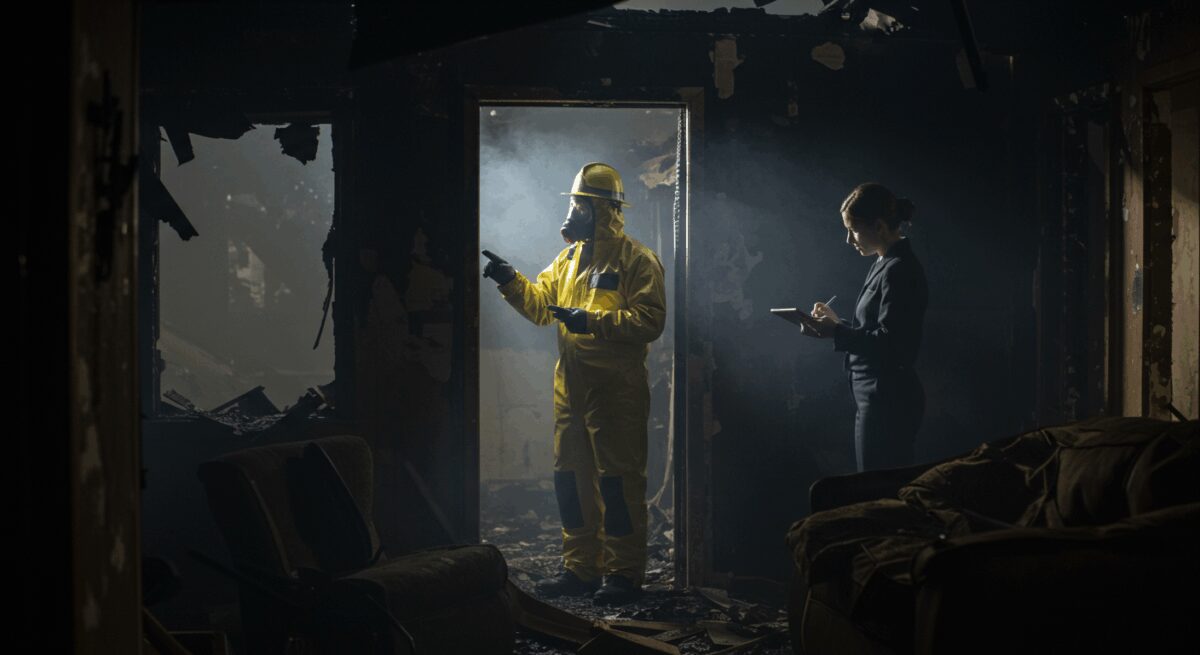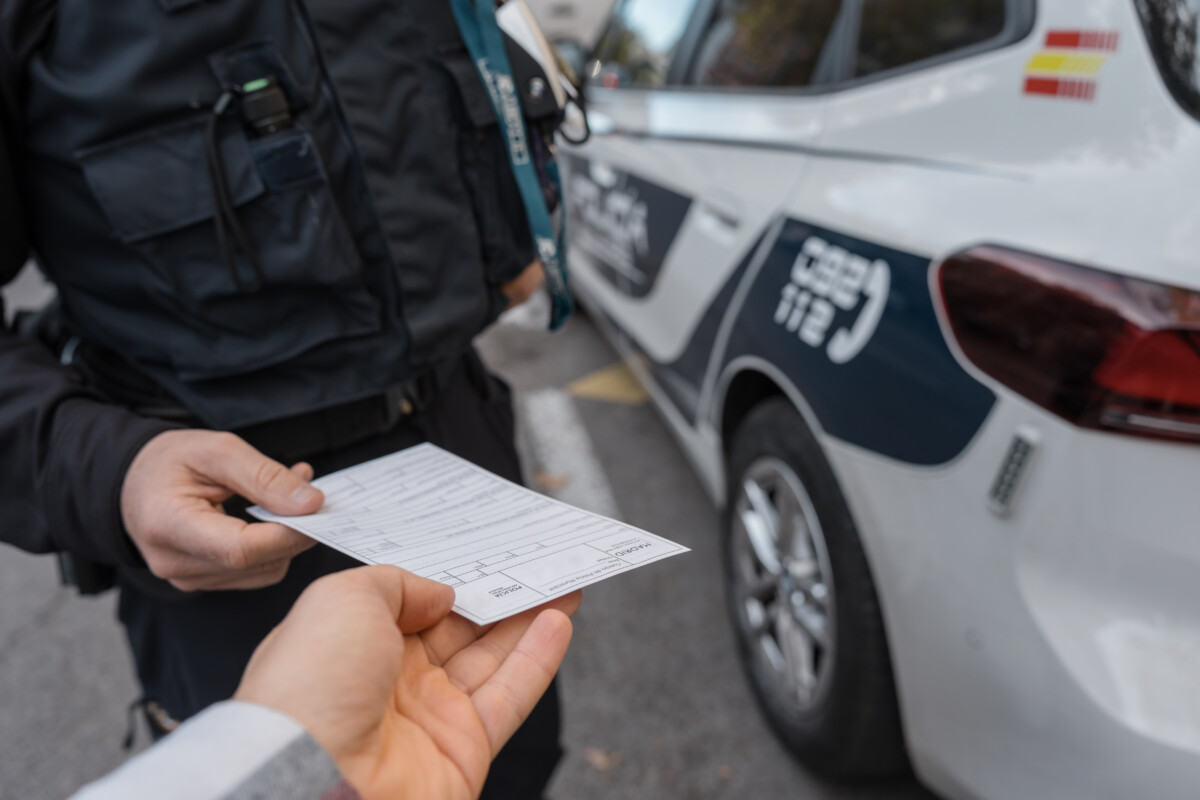Arson House Claim: 5 Essential Steps to File Successfully

Discovering your home has been destroyed by arson is devastating and overwhelming. Beyond the emotional trauma, you face the complex task of filing an insurance claim for a fire investigators may treat as suspicious. Understanding how to file an arson house claim properly can protect your rights, prevent claim denials, and ensure you receive the compensation needed to rebuild your life.
Understanding Arson Insurance Claims
An arson house claim is an insurance claim filed when your property is damaged or destroyed by intentionally set fire. These claims require special handling because insurance companies conduct thorough investigations to rule out policyholder involvement. Even if you had nothing to do with the fire, insurers will scrutinize your claim closely. The investigation process typically involves fire department officials, insurance adjusters, and sometimes law enforcement working to determine the fire’s origin and cause.
Most standard homeowners insurance policies cover fire damage from arson, unless the policyholder is found to have set the fire or been involved in the crime. This means innocent victims can recover damages to their dwelling, personal property, and additional living expenses while displaced. However, the burden often falls on you to prove your innocence and document your losses thoroughly.
Immediate Steps After Discovering Arson
Your actions in the first hours and days after an arson fire significantly impact your claim’s success. Prioritize safety first—do not re-enter the property until authorities declare it safe. Once cleared, document everything systematically. Take comprehensive photographs and videos of all damage from multiple angles before any cleanup or removal begins.
Contact your insurance company promptly to initiate the claims process. Most policies require prompt notification of loss. When speaking with representatives, stick to facts rather than speculation about what might have happened. Avoid making definitive statements about the fire’s cause until official investigations conclude. Request a copy of the fire department’s report once available, as this document becomes crucial evidence for your claim.
Navigating the Insurance Investigation
Insurance companies approach arson claims with heightened scrutiny. Expect the insurer to assign a special investigator who may examine your financial records, social media activity, and recent behavior patterns. They’re looking for potential motives such as financial distress, property disputes, or recent increases in coverage. This investigation aims to protect the company from fraudulent claims, but it can feel invasive to legitimate claimants.
During this phase, maintain detailed records of all communications with your insurance company. Follow up phone conversations with email summaries confirming what was discussed. Keep copies of all documents you provide and request copies of any reports generated by the insurer’s investigators. If the insurance company denies your claim based on suspected involvement, you have the right to appeal and present evidence supporting your innocence.
Documenting Your Losses Thoroughly
Successful arson house claims depend on comprehensive documentation. Create a detailed inventory of damaged or destroyed items, including descriptions, purchase dates, approximate values, and photographs if available. For structural damage, obtain multiple contractor estimates for repairs or rebuilding. Keep receipts for all additional living expenses—such as hotel stays, meals, and clothing—as these are typically covered under the loss of use portion of your policy.
For difficult-to-value items like antiques, artwork, or collectibles, consider hiring appraisers or specialists who can provide documented valuations. Digital evidence can be particularly compelling—if you have cloud-stored photos showing your home’s contents before the fire, these can substantiate your inventory claims. The more thorough your documentation, the stronger your negotiating position with the insurance company.
When to Seek Legal Assistance
Complex arson claims often benefit from professional legal guidance. Consider consulting an attorney experienced in property damage claims if your insurer delays processing, offers an insufficient settlement, or denies your claim outright. Legal professionals can help navigate bad faith insurance practices and ensure you receive full policy benefits. Many work on contingency, meaning they only collect fees if you recover compensation.
An attorney can particularly valuable if there are complicating factors like business equipment in your home, unique architectural features, or coverage disputes. They understand the evidence requirements and can help assemble the documentation needed to support your claim. Our guide on house fire insurance claims provides additional insight into maximizing your recovery.
Preventing Common Claim Mistakes
Many legitimate arson claims face unnecessary complications due to avoidable errors. Never dispose of damaged property before the insurance adjuster has documented it. Don’t provide recorded statements without understanding how they might be used later. Avoid signing any documents without fully comprehending their implications, especially full releases until you’re certain all damages are accounted for.
Be cautious about social media activity during the claims process. Insurance investigators increasingly monitor claimants’ online presence for evidence contradicting claimed losses or demonstrating financial motive. Similarly, maintain consistency in all communications—discrepancies between what you tell different parties can raise unnecessary red flags.
Maximizing Your Settlement Recovery
Understanding your policy’s full scope is key to maximizing recovery. Most homeowners policies cover not just the dwelling itself but also detached structures, personal property, and additional living expenses. Many policyholders overlook coverage extensions for code upgrades—required building code compliance during reconstruction that may exceed original construction costs.
If you believe the insurance company isn’t offering full value for your claim, consider hiring a public adjuster who works on your behalf to negotiate with the insurer. These professionals typically charge a percentage of the final settlement but often secure significantly higher recoveries. For particularly complex cases involving bad faith insurance practices, legal action might be necessary to obtain what you’re rightfully owed under your policy.
Rebuilding after arson is challenging both emotionally and logistically. Beyond the physical damage, victims often struggle with the violation of their personal space and security. While the claims process can feel overwhelming, methodical documentation and professional support when needed can help ensure you receive the resources necessary to recover. The financial recovery provided through a successful insurance claim represents a crucial step toward restoring normalcy after a traumatic event.


